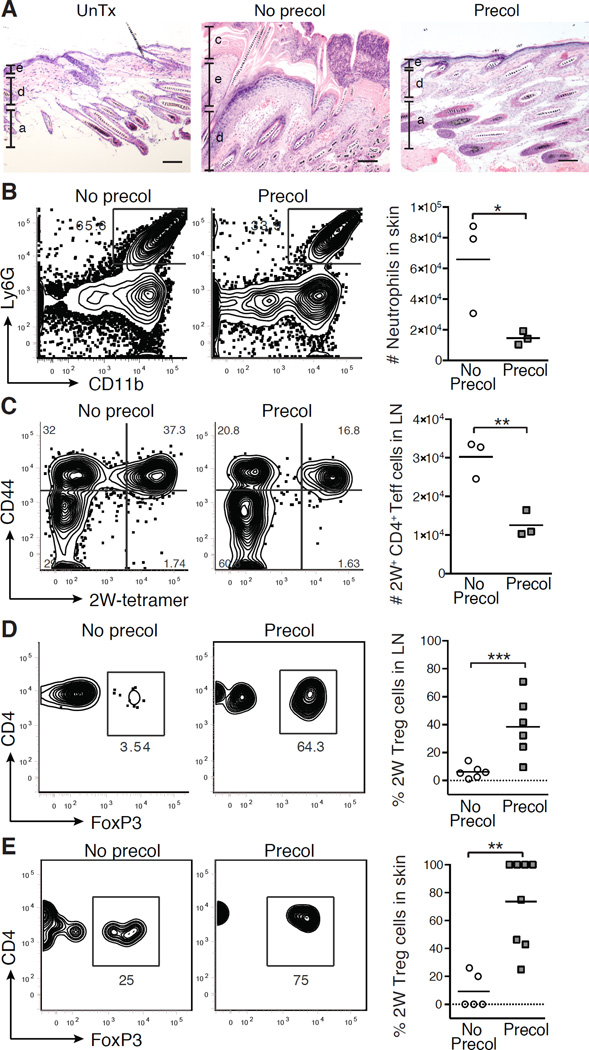Figure 3. Colonization of neonatal mice with commensal bacteria results in antigen-specific immune tolerance.
Neonatal mice were not colonized (No Precol) or colonized (Precol) with Epi-2W on postnatal day 7, then challenged 3–4 weeks later with Epi-2W and superficial skin abrasion. (A) Representative skin histology 10 days post-challenge as compared to untreated age-matched skin. Scale bars represent 50 µm. e = epidermis, d = dermis, a = adipose, c = crust. (B) Flow cytometry and numbers of skin neutrophils. Gated on live CD45+CD3neg population. (C) Flow cytometry and absolute numbers of CD44+CD4+2W+FoxP3neg cells in SDLNs. Gated on live DumpnegCD45+CD3+CD4+FoxP3neg population in tetramer-enriched fraction. (D) Flow cytometry and percent of 2W-specific Treg cells in SDLNs and (E) skin. Gated on live DumpnegCD45+CD3+CD4+CD44+2W+ population in tetramer-enriched fraction for SDLNs and total unenriched fraction for skin. Each point represents pooled data from two mice. Representative data from three independent experiments with ≥6 mice per group. See also Figure S2.

